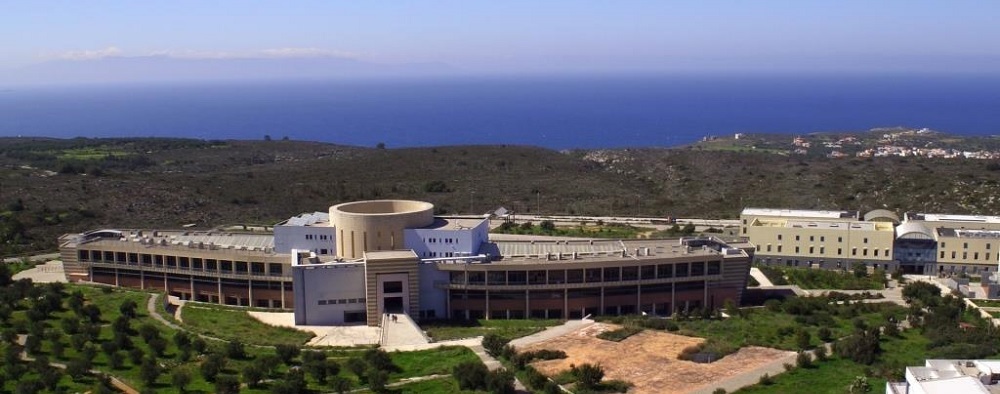Κατάλογος Εκδηλώσεων
26
Σεπ
 Λ - Κτίριο Επιστημών/ΗΜΜΥ, 2041, Πολυτεχνειούπολη
Λ - Κτίριο Επιστημών/ΗΜΜΥ, 2041, Πολυτεχνειούπολη 26/09/2019 14:00 - 15:00
26/09/2019 14:00 - 15:00Σχολή Ηλεκτρολόγων Μηχανικών και Μηχανικών Υπολογιστών
Πρόγραμμα Προπτυχιακών Σπουδών
ΠΑΡΟΥΣΙΑΣΗ ΔΙΠΛΩΜΑΤΙΚΗΣ ΕΡΓΑΣΙΑΣ
ΒΑΣΙΛΕΙΟΥ ΙΩΑΝΝΟΥ
με θέμα
Βραχυπρόθεσμη Πρόβλεψη Φορτίου Ηλεκτρικών Οχημάτων Διασυνδεδεμένων με το Δίκτυο
Short-term Load Forecasting of Plugged-In Electric Vehicles
Πέμπτη 26 Σεπτεμβρίου 2019, 2 μ.μ.
Αίθουσα 2041, Κτίριο Επιστημών, Πολυτεχνειούπολη
Εξεταστική Επιτροπή
Καθηγητής Καλαϊτζάκης Κωνσταντίνος (επιβλέπων)
Αναπληρωτής Καθηγητής Κουτρούλης Ευτύχιος
Αναπληρωτής Καθηγητής Κανέλλος Φώτιος
Abstract
New reports predict that the penetration levels of electric vehicles will surge across Europe the following years, as zero emissions vehicles become the mainstream item for consumers and vehicle manufacturers will introduce many new full electric models. In certain parts of Europe, like Norway, more than 50% of new car sales are electric. This will result in a heavy electrical power demand that should be predicted.
Many prediction studies were made, mainly focused on the energy consumed by the vehicle and the time it stayed parked in certain locations. The effect of the electricity price on these prediction models is examined, hoping that it will ease the grid of huge charging loads during peak hours. This is accomplished by using an artificial intelligence algorithm in order to calculate the probability of charging a vehicle and then an optimization algorithm that allots the charging power in time slots based on the electricity price of each slot.
Results are positive. Less cars are connected to charging stations; the charging of these cars was deemed unnecessary by the algorithm because they had enough energy to return to their home charging stations. The cars that eventually connected required less energy, because again the algorithm charged them with the necessary power only, which led to a load reduction at off-home locations. The optimization algorithm shifted the load towards low-demand time slots, where electricity is cheaper. Furthermore, when grid was on its peak hours, highly charged cars supported it by connecting on it and providing energy (V2G).



